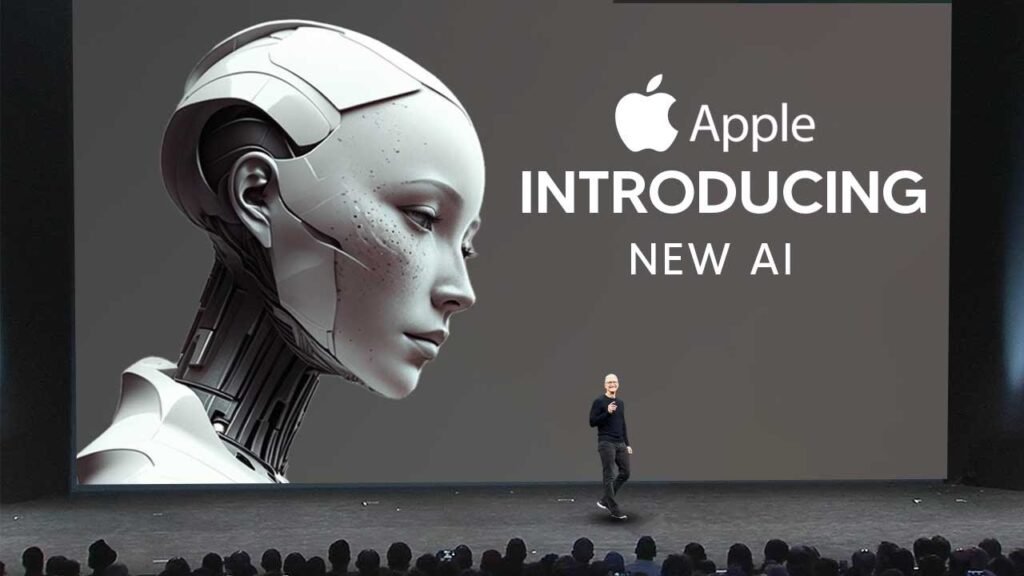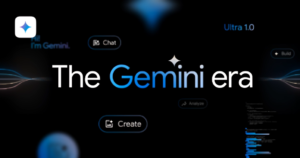
Apple MGIE (Multimodal Guided Image Editing) is an innovative open-source AI model developed by Apple. It allows users to edit images using natural language instructions. Instead of relying on complex editing tools or menus, you can simply describe the changes you want to make, and MGIE will automatically apply them to the image. Here’s how it works:
- Input Your Commands: Describe your desired edits in plain English. For example, you could say, “Make the sky in this image bluer” or “Remove the red car from this photo.”
- Understanding Your Intent: MGIE’s advanced language model deciphers your instructions, grasping specific objects, attributes, and modifications you have in mind.
- Visual Understanding: Simultaneously, MGIE analyzes the image, identifying key elements and their relationships.
Key Features of Apple MGIE:
- Photoshop-Style Modification: You can perform various edits similar to what you’d do in Photoshop.
- Global Photo Optimization: Enhance overall image quality and aesthetics.
- Local Editing: Make precise adjustments to specific areas within the image.
This groundbreaking AI model bridges the gap between human intention and image manipulation, leveraging both visual and textual information. It was developed through a collaboration between Apple and researchers from the University of California, Santa Barbara. The model’s effectiveness has been demonstrated in research presented at the prestigious International Conference on Learning Representations (ICLR) 2024.

How to access Apple MGIE?
MGIE is available for download on GitHub as an open-source project. Users can access the model and its associated resources, including the code, data, pre-trained models, and a demo notebook demonstrating how to use MGIE for various image editing tasks. Additionally, Apple has released a web demo of MGIE on Hugging Face Spaces, allowing users to experience the model’s capabilities through a browser-based interface. This accessibility enables researchers and developers to explore and utilize MGIE for instruction-based image editing, making it a valuable resource for the AI and image editing communities.
Will Apple MGIE pose a threat to Adobe Photoshop?
Apple MGIE, the innovative text-based image editing tool, has the potential to rival both Adobe Photoshop and Lightroom/Adobe Camera Raw. Let’s explore how it compares:
- Capabilities:
- MGIE can perform a wide range of tasks similar to Photoshop:
- Global Edits: It can crop, resize, flip, rotate, apply filters, and optimize overall image exposure.
- Local Enhancements: MGIE can target specific elements like skin, eyes, or lips for localized improvements.
- Generative Fill: Like Photoshop’s content-aware fill, MGIE can intelligently manipulate portions of an image based on user instructions.
- Expressive Commands: You can edit images with concise text instructions. For instance, saying “Make the sky more blue” translates to “increase the sky’s saturation by 20%”.
- MGIE can perform a wide range of tasks similar to Photoshop:
- Impact on Adobe:
- Adobe has long dominated the market, but MGIE’s emergence could be a game-changer.
- While Adobe’s AI features have improved, there hasn’t been a viable alternative until now.
- If Apple refines MGIE and releases it commercially, Adobe might need to glance in the rearview mirror.
- User experience and design matter, and Apple excels in these areas.
In summary, MGIE’s ease of use and effectiveness will determine its competitiveness. If it gains traction, Adobe may face a worthy challenger.
How Apple has fared so far in Artificial Intelligence and what the future holds?
Apple’s commitment to AI and machine learning extends beyond its well-known products. Let’s explore some of the fascinating AI initiatives the company is involved in:
- Siri: Apple’s virtual assistant, Siri, was one of the first widely used AI-powered assistants. It’s available across Apple devices and helps users accomplish daily tasks using natural language processing (NLP).
- Smart HDR and Deep Fusion Photos: Apple employs machine learning to enhance image quality in its latest devices. Smart HDR combines multiple exposures for better dynamic range, while Deep Fusion optimizes pixel-level details in photos.
- MLX Framework: Apple recently released an open-source machine learning framework called MLX. Designed specifically for Apple Silicon (such as laptops), MLX allows developers to build and improve AI models. It’s efficient for training and deploying machine learning models.
- Face ID: Apple’s facial recognition technology, Face ID, powers secure iPhone unlocking. It uses AI algorithms to recognize and authenticate users based on their unique facial features.
- HomeKit and Facial Recognition: Apple integrates AI into its smart home ecosystem through HomeKit. Facial recognition helps identify authorized users for seamless control of connected devices.
- Apple Watch and Big Data: The Apple Watch leverages big data and AI for features like native sleep tracking. It collects health-related data and provides insights to users.
- Innovation in Chips: Apple’s custom-designed chips (such as the M1) incorporate AI acceleration, enabling faster processing and improved performance.
- Detecting Handwashing: During the COVID-19 pandemic, Apple added a handwashing detection feature to watchOS. It uses AI to recognize handwashing motions and encourages hygiene.
Apple’s strategic focus on AI continues to shape its products and user experiences. As the field evolves, we can expect more exciting developments from this tech giant such as the APPLE MGIE!



